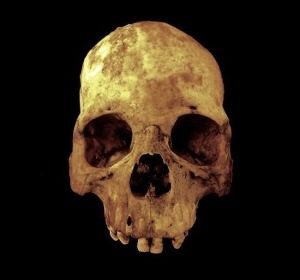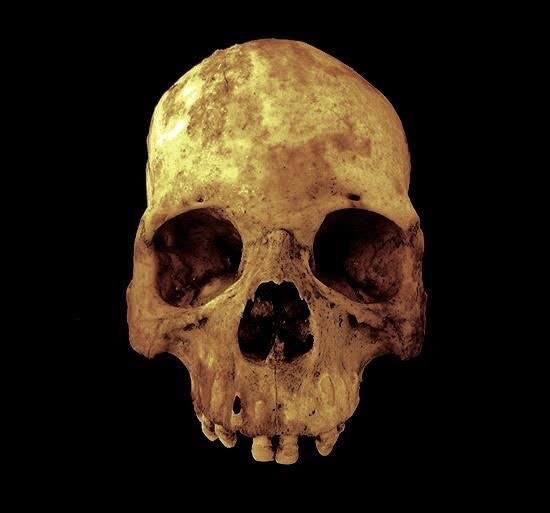
The genetic makeup of high-altitude Himalayan populations has remained stable for millennia despite multiple cultural transitions, according to a study*. The Himalayan mountain range and the Tibetan plateau were among the last places colonized by prehistoric humans because of the unique challenges associated with living at high altitudes. However, conflicting cultural, linguistic, genetic, and archaeological evidence from modern-day populations has left the origins of the earliest Himalayan inhabitants unclear. Christina Warinner and colleagues sequenced the nuclear and mitochondrial genomes of eight high-altitude Nepalese individuals dating to three distinct cultural periods spanning 3,150–1,250 years ago. The authors compared these ancient DNA sequences to genetic data of diverse modern humans, including four Sherpa and two Tibetans from Nepal. All eight prehistoric individuals across the three time periods were most closely related to contemporary high-altitude East Asian populations, namely the Sherpa and Tibetans. Moreover, both prehistoric individuals and contemporary Tibetan populations shared beneficial mutations in two genes, EGLN1 and EPAS1, which are implicated in adaptation to low-oxygen conditions of high altitudes. Taken together, the findings demonstrate that the genetic makeup of high-altitude Himalayan populations has remained remarkably stable for millennia. According to the authors, the diverse material culture of prehistoric Himalayan populations might be the result of acculturation or cultural diffusion rather than large-scale gene flow or population replacement from outside East Asia.
__________________________________________
Sequencing of prehistoric dental samples revealed origins of high-altitude Himalayans. Image courtesy of Christina Warinner, University of Oklahoma.
________________________________________________________
Source: News release of the Proceedings of the National Academy of Sciences
________________________________________________________
*“Long-term genetic stability and a high-altitude East Asian origin for the peoples of the high valleys of the Himalayan arc,” by Choongwon Jeong et al.
________________________________________________________

______________________________________________
Travel and learn with Far Horizons.
____________________________________________
This richly illustrated issue includes the following stories: Recent findings shedding new light on the whereabouts of the remains of Philip of Macedon, father of Alexander the Great; how an archaeologist-sculptor is bringing bones of the dead back to life; archaeologists uncovering town life at the dawn of civilization; an exclusive interview with internationally acclaimed archaeologist James M. Adovasio about what makes the Meadowcroft Rockshelter prominent in the ongoing search for the first Americans; what archaeologists are finding at the site of the ancient city of Gath, the home town of the biblical Philistine giant, Goliath; and how scientists are redrawing the picture of human evolution in Europe. Find it on Amazon.com.








